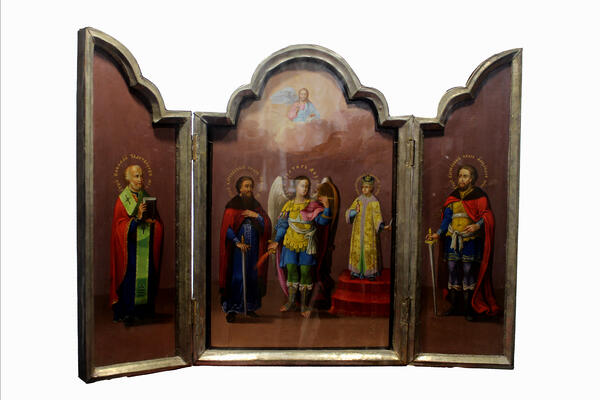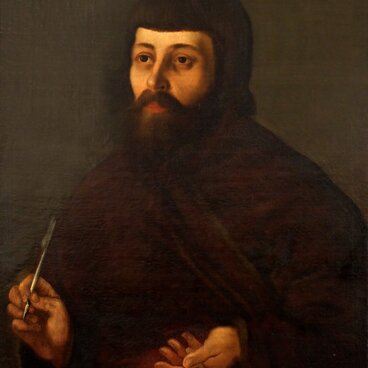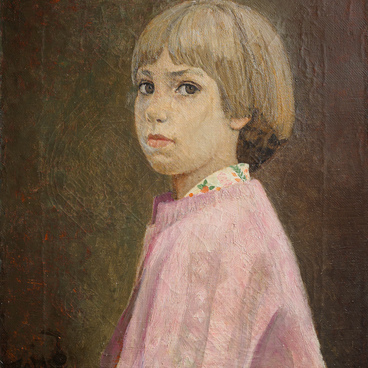The large kiot folding icon that was created in 1855 and originated from the field church of the Uglich Armed Force is an important relic in the collection of the Uglich Museum. This is an example of portable icons which appeared due to the need of believers to feel the presence of the invisible support of saints while traveling. Such icons were referred to using various terms, such as “portable”, “traveling”, “road”, and “field” icons.
This folding icon was mentioned in the Yaroslavl Eparchial News in the context of the events that occurred in Uglich on July 20, 1855. On that day, the 130th Armed Force lined up at the Uspenskaya Square, and the first stone was laid in the foundation of the Alexandrovskaya Chapel. A service was held, banners were consecrated, and a special field church was presented to the Armed Force. Several days earlier, the honorary citizen, merchant, and jeweler Mikhail Alexandrovich Khorkhorin presented the Armed Force with a folding icon that was included in the field church and given to the state councilor N.P. Mezentsev, the head of the Uglich Armed Force, along with other church utensils.
The exterior of the folding icon is not richly decorated or ostentatious. The austerity of its design is associated with the field conditions and the intended purpose of the artifact. The folding icon is a small case with an inserted icon depicting Saint Michael the Archangel and two Uglich saints — Prince Roman and Tsarevich Dmitry. In the top part of the centerpiece, a half-length image of Christ is depicted against the cloud-shaped background. The two panels are attached to the walls of the centerpiece using hinges. Saint Nicholas the Wonderworker and Alexander Nevsky are depicted on them. When closed, the two panels cover the centerpiece completely. The icon has a figured top. At the top edge, there are hooks that are used to fix the panels when the icon is closed. The austere exterior decoration is compensated by the means of artistic expression. The icon has a bright and rich color palette based on various hues of red, blue, green, and yellow. The painting is made in the style of Academic art.
This folding icon was mentioned in the Yaroslavl Eparchial News in the context of the events that occurred in Uglich on July 20, 1855. On that day, the 130th Armed Force lined up at the Uspenskaya Square, and the first stone was laid in the foundation of the Alexandrovskaya Chapel. A service was held, banners were consecrated, and a special field church was presented to the Armed Force. Several days earlier, the honorary citizen, merchant, and jeweler Mikhail Alexandrovich Khorkhorin presented the Armed Force with a folding icon that was included in the field church and given to the state councilor N.P. Mezentsev, the head of the Uglich Armed Force, along with other church utensils.
The exterior of the folding icon is not richly decorated or ostentatious. The austerity of its design is associated with the field conditions and the intended purpose of the artifact. The folding icon is a small case with an inserted icon depicting Saint Michael the Archangel and two Uglich saints — Prince Roman and Tsarevich Dmitry. In the top part of the centerpiece, a half-length image of Christ is depicted against the cloud-shaped background. The two panels are attached to the walls of the centerpiece using hinges. Saint Nicholas the Wonderworker and Alexander Nevsky are depicted on them. When closed, the two panels cover the centerpiece completely. The icon has a figured top. At the top edge, there are hooks that are used to fix the panels when the icon is closed. The austere exterior decoration is compensated by the means of artistic expression. The icon has a bright and rich color palette based on various hues of red, blue, green, and yellow. The painting is made in the style of Academic art.




